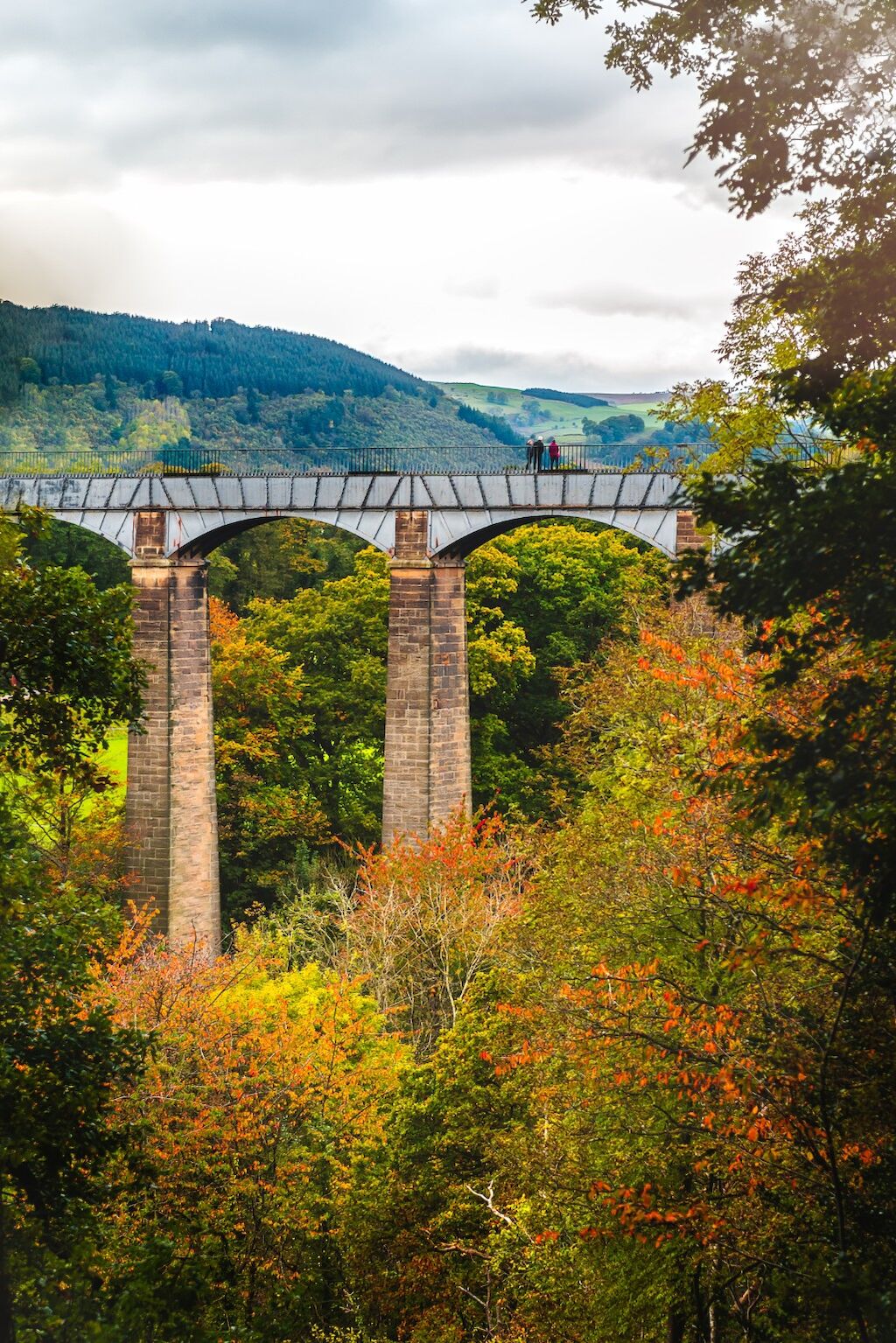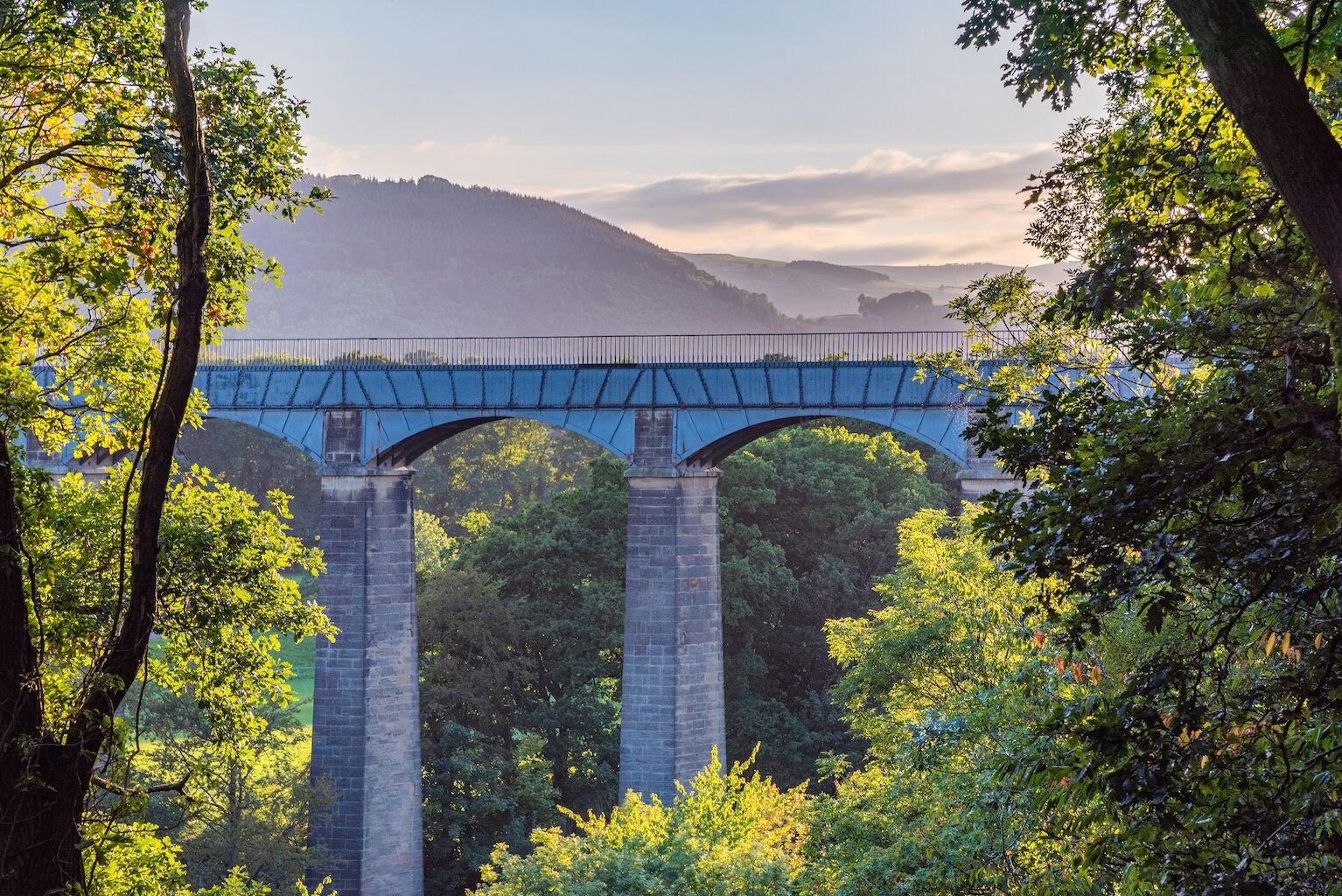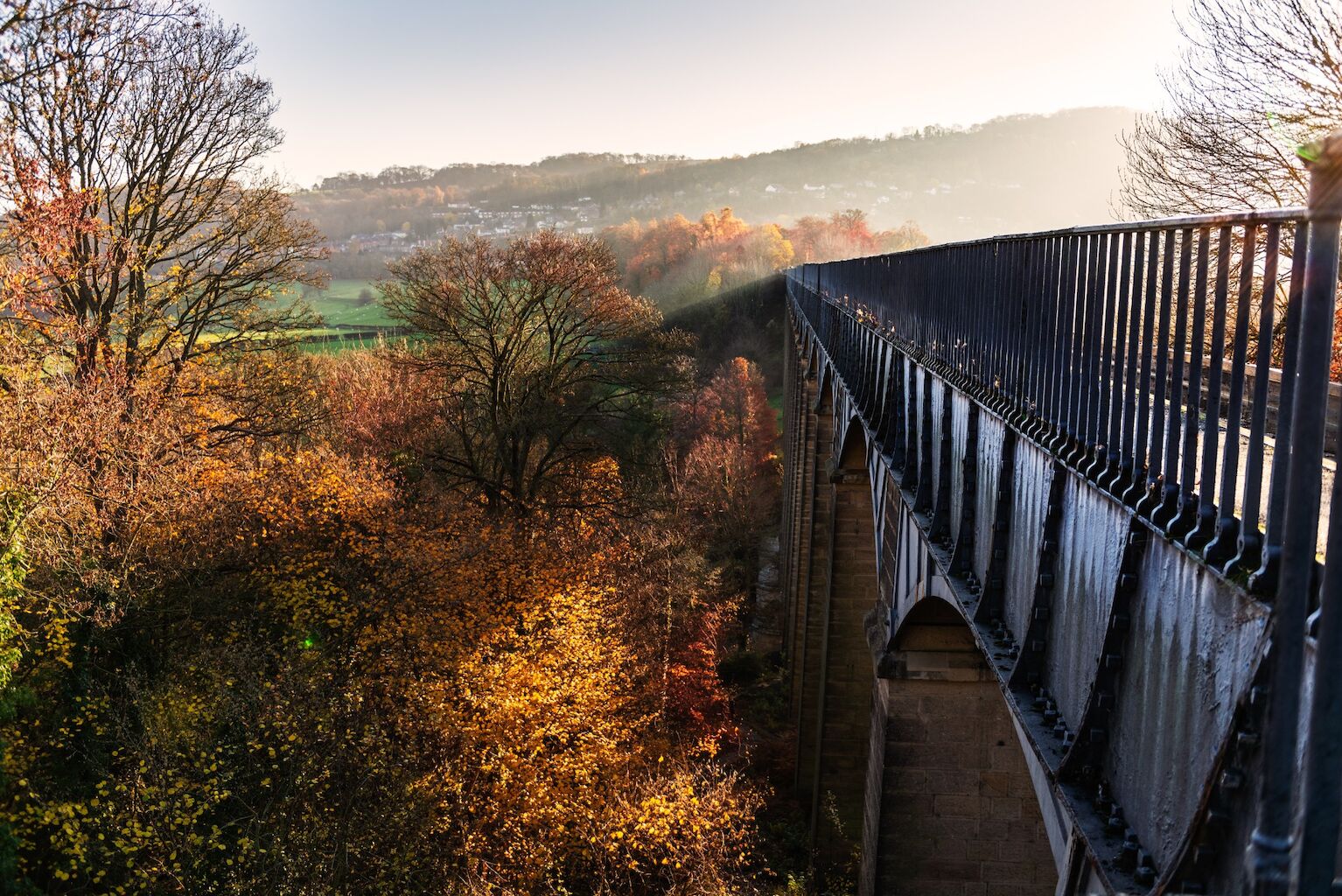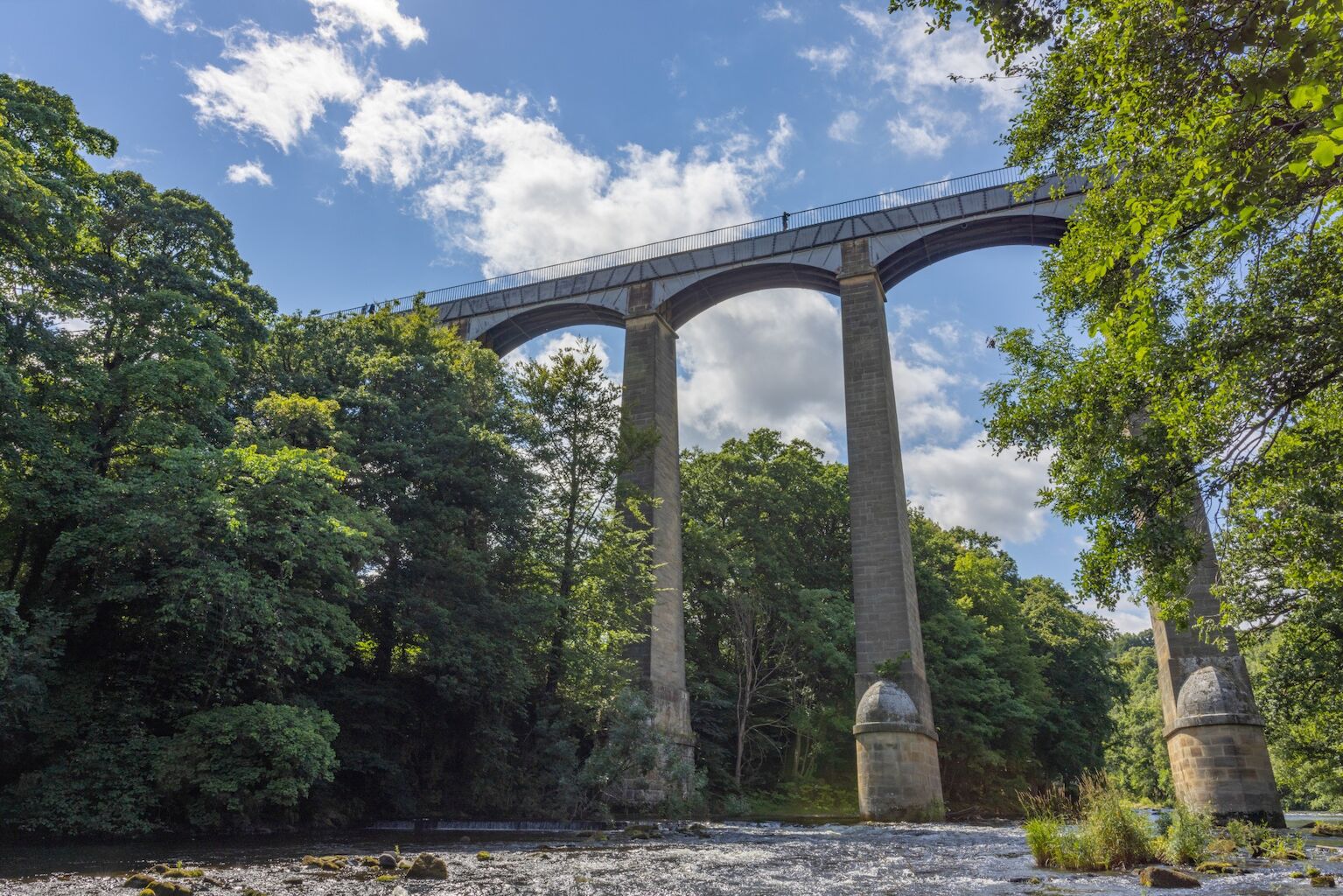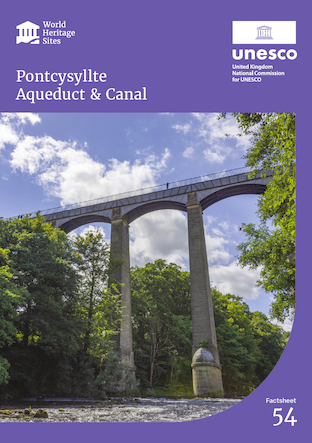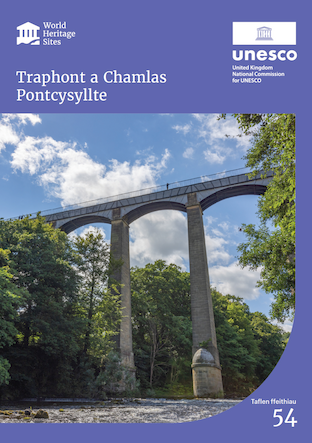Pontcysyllte Aqueduct and Canal
Spanning eleven miles of the of stunning canal and countryside, the Pontcysyllte Aqueduct and Canal is an outstanding piece of industrial and engineering heritage comprising of embankments, tunnels, viaducts and aqueducts, including the stunning Pontcysyllte Aqueduct itself, once described as ‘a masterpiece of creative genius’. The jaw dropping aqueduct, designed by Thomas Telford and completed in 1805, stands at 39 metres high giving it the accolade of being the tallest navigable aqueduct in the world.
What makes this UNESCO Designation special?
Pontcysyllte Aqueduct & Canal World Heritage Site celebrates majestic masterpieces of engineering and is one of the icons of the Industrial revolution. It was inscribed onto World Heritage List in 2009.
The canal was constructed between 1793 and 1808 to provide an efficient network of transport for industrial resources like coal, iron, limestone and slate. The canal was designed by two outstanding civil engineers William Jessop and Thomas Telford. Today the canal is a magnet for boaters, walkers, and visitors who come to marvel at some of the most remarkable achievements of the industrial revolution.
The Pontcysyllte Aqueduct, at the heart of the World Heritage Site, is a navigable aqueduct that carries the Llangollen Canal across the River Dee in the Vale of Llangollen in North East Wales. The 18-arched stone and cast-iron structure was completed in 1805 having taken ten years to design and build. It is 12 feet (3.7 metres) wide and is the longest aqueduct in Great Britain as well as the highest canal aqueduct in the world. A towpath runs alongside the watercourse on one side of the Aqueduct allowing visitors to walk across and enjoy to stunning views of the Dee Valley.

